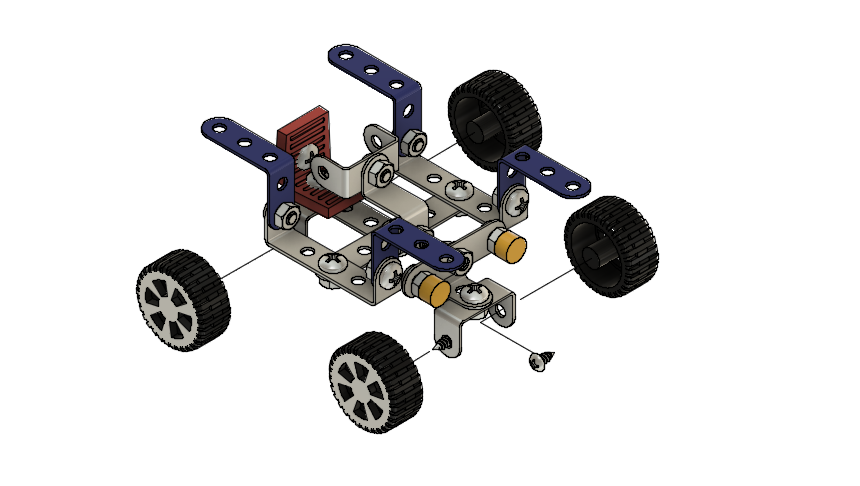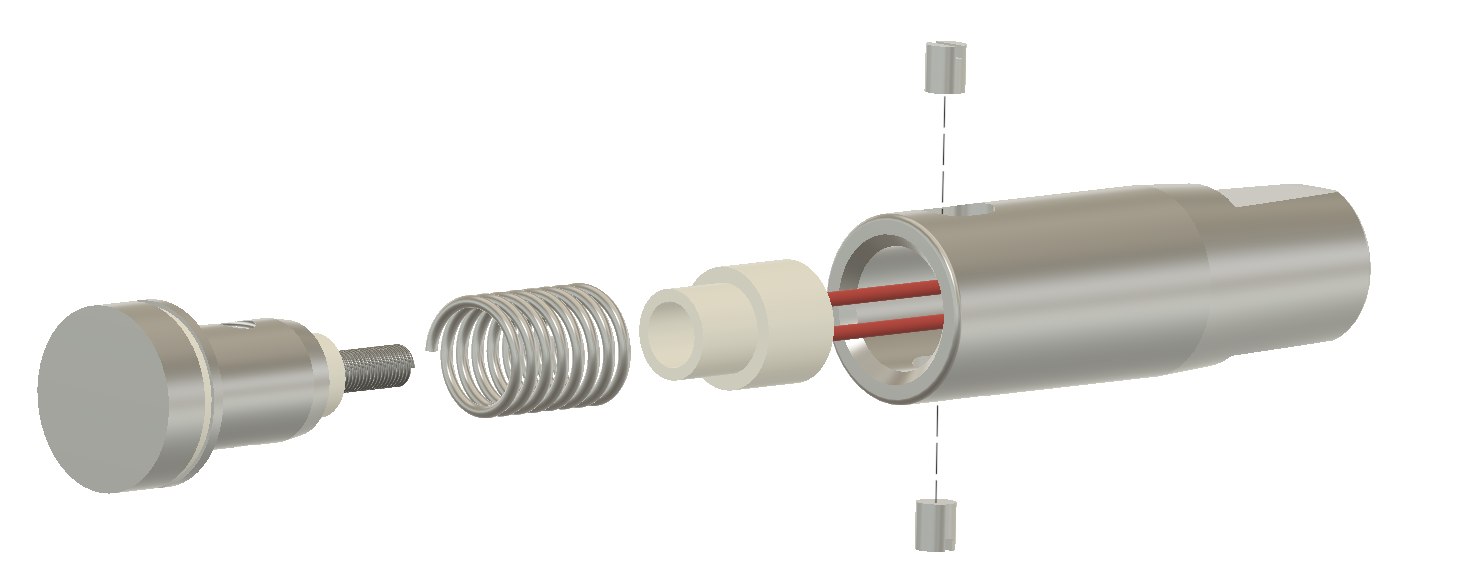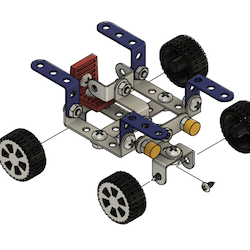How to run a design review
What should you cover in a mechanical design review, and who should you invite?
Holding a design review is a really important part of product design. The review is an opportunity to talk through the complete design that you’ve produced with your colleagues or customers and ensure that it meets the requirements that were specified. Remember that a review is not to judge the quality of your work, it’s there to spot things that might have been missed or misinterpreted in the specifications. These things are much quicker, easier and cheaper to fix when no metal has been cut!

Suggested design review agenda.
Agree the scope
My preference for a review is to begin with the user requirements that were agreed before the design phase started, perhaps even look a the house of quality or other specification tool that you’ve designed against.
Present the design
Once the specifications have been understood, talk through the CAD model that you’ve created. In an ideal world, you’d be able to show how the assembly is put together so you can review what the assembly steps will look like too. If tooling is required (e.g. a jig or fixture that’s required to assemble the system), then this is a good time to show that too since it will need to have been designed as part of the overall system.
Often designs have to comply with various standards for the industry or end application that the product is intended for. The key points of the design that are required to meet the standards should be called out. A good example of this is something like ATEX compliance for use in explosive atmospheres (something that I have experience with designing for), where the various strategies that have been used to meet the various rules should be highlighted.
Another useful piece of information to show is the design calculations that have been made. For instance, you may have calculated the stress or load on a component and chosen the material based on that. A second pair of eyes on these calculations is very important if any sort of safety-critical decision is being made. Related to this, any Finite Element Analysis simulations that have been completed can be shared; you might have simulated how hot the system would get if its electronics were to fail, or where it will experience stress if subjected to overpressure. If there are Optics in the system, you might also review the optical model to check that the assumptions that have been made are sensible, and the results of the calculations are reasonable.

### Capturing Opinions
Once you’ve shown the design, I like to complete a silent brainstorm (using post-it notes or an online equivalent) of the issues that people might have questions about. This could be a Failure Mode Effects Analysis (FMEA), or it could simply be a brain-dump of the features that your colleagues don’t like. Finally once the ideas stop flowing, every reviewer takes the opportunity to share their questions and comments, and the facilitator of the meeting should assist everyone to group common themes and create actions.
- Potential design issues (e.g. where the customer requirements are not being met)
- Potential assembly issues
- Interference between optics and metalwork (give way to the optics)
- 3 point contact on optics (3-2-1 rule for assemblies and datums)
- Complies with relevant standards (Ex, Electrical Safety, etc.)
## Attendees
If possible, you should bring representatives from all the groups who will interact with the design. This could include people from:
- Manufacturing
- Purchasing
- Design
- Support
- Applications
- Sales/Marketing
The more diverse voices you can hear, the better chance there is of catching something that will cause trouble down the line. For instance the purchasing expert might spot that you’ve used various lengths of screws that are hard to get, or that will require additional storage space, or the manufacturing technician may spot that there’s a screw head that you can’t access once the system has been assembled.
